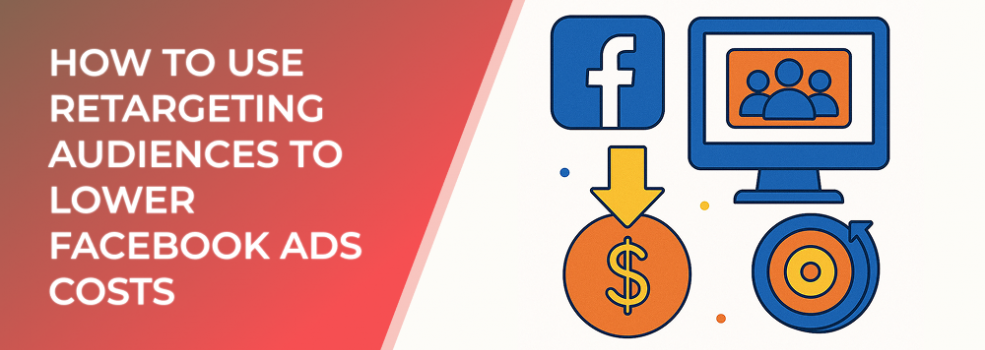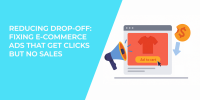Running ads only to cold audiences is expensive. According to Meta data, retargeting campaigns often deliver conversions at 20–50% lower cost compared to prospecting campaigns. That’s because warm audiences already know your brand, making them easier to convert. For small and mid-sized businesses, retargeting can stretch ad dollars further and increase ROI.
Step 1: Install and verify the Meta Pixel
Before retargeting, you need accurate data. Install the Meta Pixel on your website and set up standard events such as ViewContent, AddToCart, Lead, and Purchase. Advertisers who track properly see 10–20% more conversions attributed to their campaigns due to improved optimization.
Step 2: Build key retargeting audiences
Focus on audiences that have already shown intent:
-
Website visitors (7–30 days): People who explored your site but didn’t convert.
-
Add to Cart but no purchase: High-intent users you can win back.
-
Video viewers (25–75% watch): Engaged viewers who spent time with your brand.
-
Engaged users on Facebook/Instagram: Those who liked, commented, saved, or messaged.
Useful stat: Retargeting abandoned carts alone can increase sales by up to 20% for e-commerce brands.
Step 3: Customize messaging for each audience
A one-size-fits-all message won’t work. Tailor ads to where the user dropped off:
-
Website visitors: Highlight best-sellers or testimonials.
-
Cart abandoners: Use urgency (limited stock, discount, or free shipping).
-
Video viewers: Show product demos or case studies.
Brands that personalize ad creative to retargeting groups often see 15–25% higher click-through rates.
Step 4: Control frequency to avoid ad fatigue
Retargeting audiences are smaller, so it’s easy to oversaturate them. Limit frequency to 2–3 impressions per week per user. Beyond that, CPAs can climb sharply, and engagement drops.
Step 5: Add an always-on retargeting layer
Make retargeting permanent in your ad structure. Keep a portion of your budget dedicated to retargeting:
-
70–80% prospecting (cold audiences).
-
20–30% retargeting (warm audiences).
This balance keeps your funnel full while maximizing conversions from people who already know you.
Step 6: Use Dynamic Product Ads (DPAs)
For e-commerce, DPAs automatically show users the products they viewed. This personalization significantly improves efficiency. Retailers using DPAs often see 2–3× higher ROAS compared to static retargeting.
Step 7: Refresh creatives regularly
Warm audiences can tire of the same ad quickly. Refresh creative every 2–3 weeks to maintain performance. Use variations like carousel ads, testimonials, or seasonal offers to keep attention.
Useful Statistics Recap
-
Retargeting reduces conversion costs by 20–50%.
-
Proper tracking improves attributed conversions by 10–20%.
-
Abandoned cart retargeting can lift sales by up to 20%.
-
Personalized creatives drive 15–25% higher CTRs.
-
DPAs increase ROAS by 2–3×.
Where to go next on LeadEnforce
Enhance your retargeting strategy with these articles:
-
Facebook Ads Not Converting: How To Fix It — solve performance issues fast.
-
Facebook Ad Targeting 101: How to Reach the Right Audience — improve both cold and warm audience segmentation.
-
Meta Ad Campaign Objectives Explained: How to Choose the Right One — align your campaign setup with retargeting goals.
Final word
Retargeting is one of the most cost-effective tactics in Facebook advertising. By setting up Pixel tracking, building smart audiences, and tailoring creative, you can lower costs while boosting results. Keep retargeting active, refresh content often, and let data guide your adjustments for maximum ROI.

